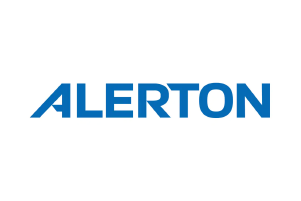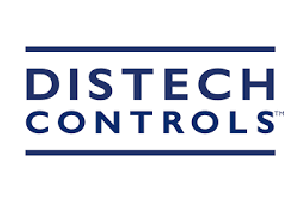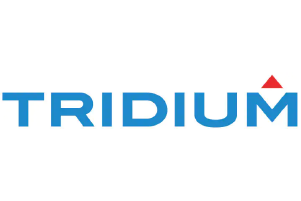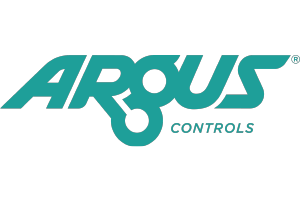System Integration Products for Smarter Buildings
We provide cutting-edge building automation solutions to help make your building smarter, more efficient, and more secure. Our products include lighting systems, HVAC systems, security systems, and more, all designed to help you manage your building more effectively.
Building automation systems have the potential to save nearly 10-20% of a building’s electricity consumption. By automating processes such as lighting, temperature control, and security, a building automation system can be programmed to use energy only when it is necessary. This reduces the amount of energy wasted, leading to lower electricity bills and a reduced carbon footprint.

In order to deliver integrated building system management solutions, we choose industry-leading partners. After that, we use our expertise to make your building more efficient, more economical, and easier to operate.

Sensing Systems
To control a building’s operation, sensors transmit data to one or more processing units that control heating and cooling equipment, actuators, dampers, fans, and other components. This allows for a smooth and efficient operation of the building, reducing energy costs and improving occupant comfort. For instance, an occupancy sensor can detect the presence of occupants in a room and adjust the temperature accordingly, thus avoiding unnecessary heating or cooling when the room is not occupied.

Building Management Systems
A building management system (BMS), also referred to as a building automation system (BAS), is a computerized control system that is installed within a building to monitor and regulate electrical and mechanical equipment, such as the power system, lighting, and ventilation, in order to verify sustainability. Furthermore, a BMS/BAS is able to automate processes, respond to any changes in the environment, and provide data feedback in real-time to occupants and administrators.

Lighting Controls
The use of automatic lighting controls minimizes lighting costs by turning off unnecessary lights or dimming those that aren’t needed. In general, there are three basic types of automatic lighting controls: timers, daylight harvesting controls, and occupancy/vacancy controls. Lighting timer controls allow users to turn on lights for a specific period of time. When sufficient daylight is available, daylight harvesting controls can be used to dim or turn off lights. A majority of automatic lighting controls use occupancy sensors, also known as motion sensors, to turn off lights or dim them when not in use.

HVAC Controls
HVAC control is responsible for the comfort and health of a building’s occupants as it provides temperature control, fresh air circulation, and filtration. HVAC automation is the process of controlling the HVAC system digitally, using computer programs and sensors to adjust temperature, air circulation, and filtration levels. Automation makes it easier to control the environment in a building, resulting in a healthier and more comfortable environment for its occupants.

Airflow Control
Building automation can control airflow in medical settings where negative pressure is required to prevent airborne microorganisms from escaping. As a result, building automation systems provide a critical layer of protection for healthcare facilities and their inhabitants.

Data Analytics
It is essential to integrate data analytics into building automation systems (BAS) to maximize energy efficiency, reduce operating costs, and improve occupant satisfaction. For example, by collecting and analyzing data from a building’s HVAC system, an integrated BAS can quickly detect inefficiencies and alert the maintenance staff to any potential problems.













